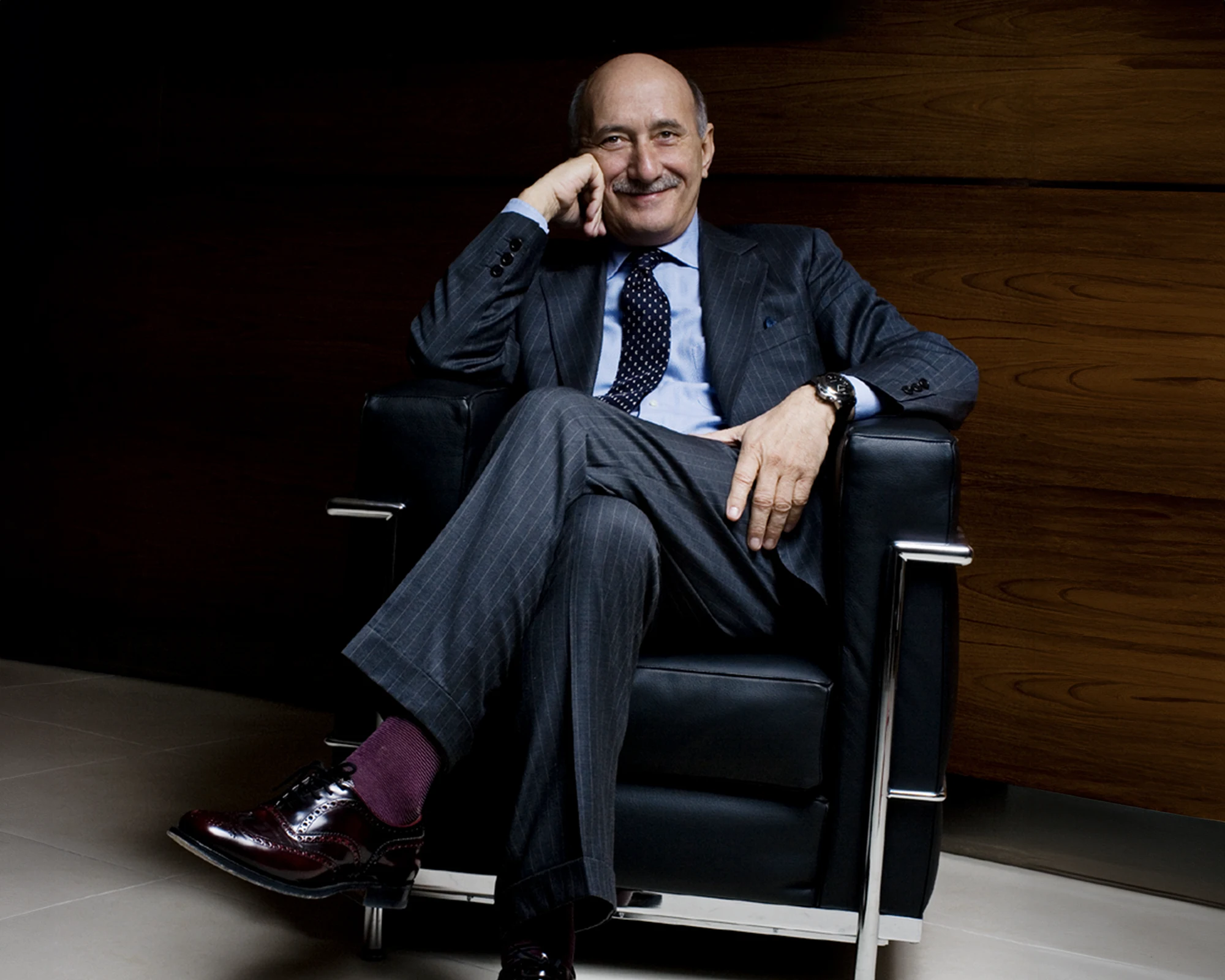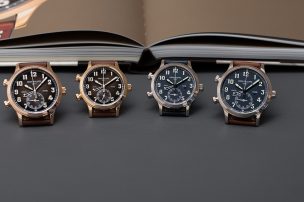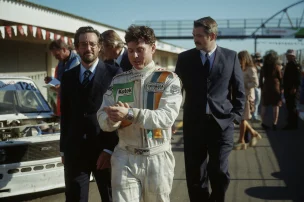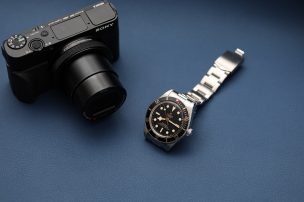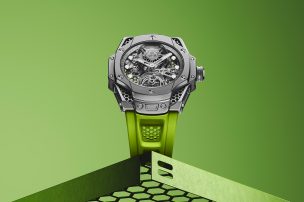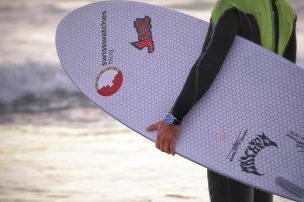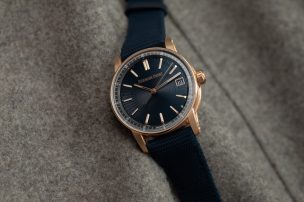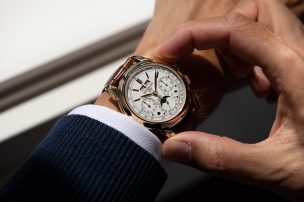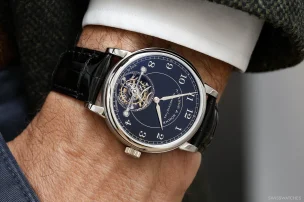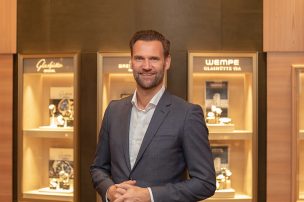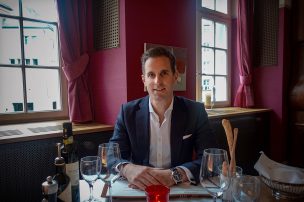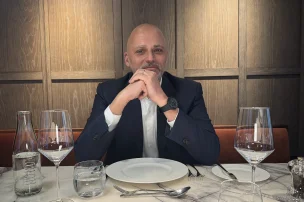
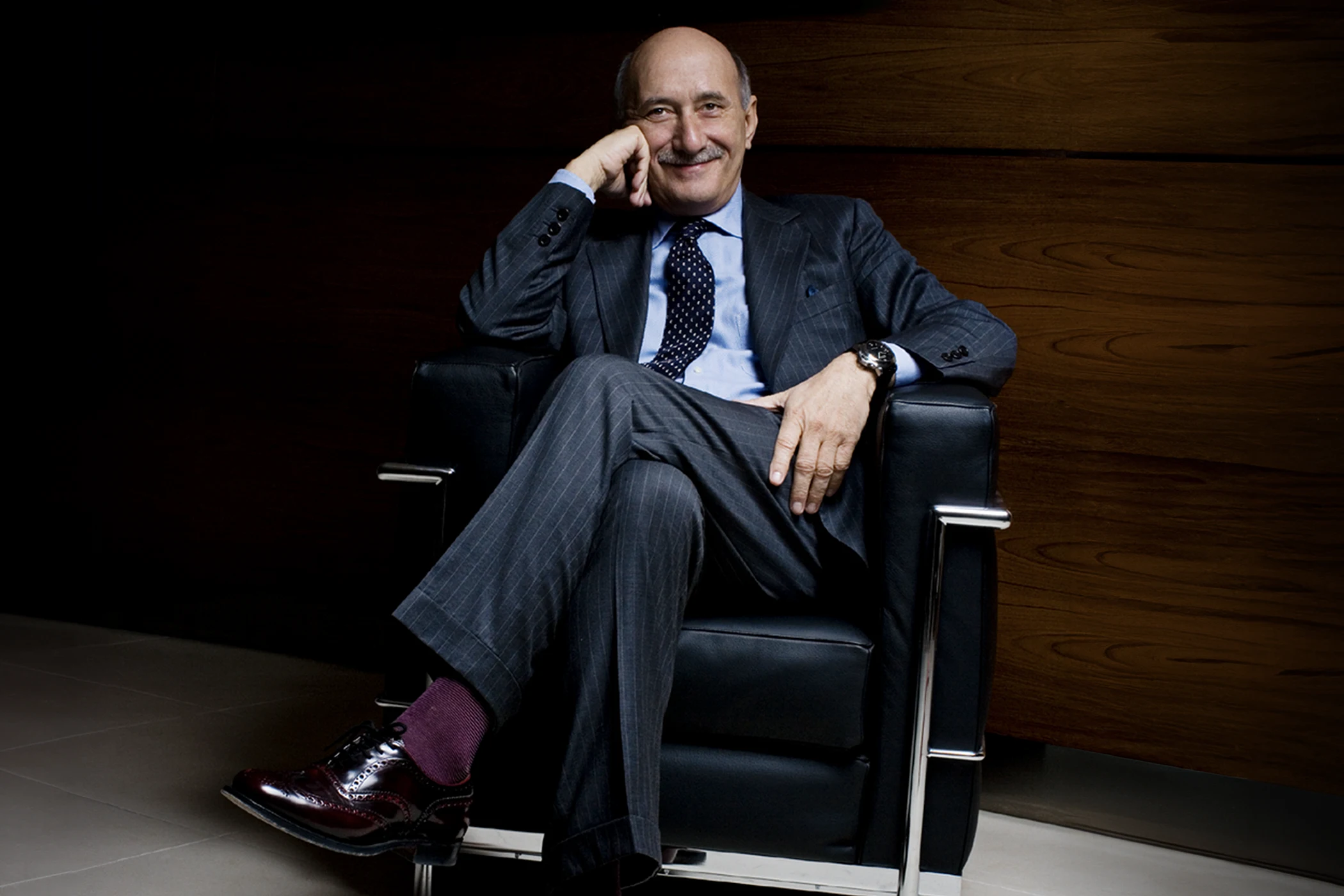
What Watch CEOs Can Learn From Angelo Bonati
An obituary on the death of Panerai’s re-inventor
If you look at the half-life of CEOs in the watch industry, Angelo Bonati, who spent a total of 21 years at Panerai, 18 of them as CEO, should win the Methuselah Award. I am not aware of any CEO who has been in office for longer, but neither is anyone from a brand that actually only existed on paper when it was taken over by Richemont in 1997, and in 28 years has made it into the top 20 companies with a turnover of 433 million Swiss francs according to the latest Morgan Stanley Report – and that with around 55,000 watches a year.
Credit © Panerai
I remember the Italian mainly because he had something that many managers lack today: he instilled a lot of respect in me. On the one hand, he reminded me of my paternal grandfather, himself an entrepreneur and war veteran, with whom you always knocked politely on the door before entering the room, and on the other hand, Bonati also had something from the film The Godfather. He was often shielded at trade fairs such as the SIHH in Geneva, which is the Watches and Wonders today. He never presented new watches himself. Getting an interview with Bonati was an honour. The man who spent years travelling through Italy by car and selling Cartier lighters impressed not only with his personality, but above all with his straightforward strategic thinking. What did I learn from the CEO and what could other watch CEOs learn from Bonati’s era at Panerai?
- Crises are relative. Let’s take ourselves back to the time when the very same Bonati was driving through Italy in his car (unfortunately smoking too much) and selling lighters. Today, companies like Cartier are sought-after luxury brands worldwide. So, a watch crisis like the current one is still harmless when you compare the billion-dollar luxury watch market of today with the meagre remains at the beginning of the 1980s.
- The right time for a market launch is crucial. 1997, when Richemont took over Panerai, was not just a favourable opportunity for the Vendôme Group, which was renamed Richemont, to acquire an exciting sports watch brand that was missing from its portfolio with Cartier, Baume & Mercier and Piaget. The market was ready for big watches, the action heroes of the late nineties were ready for them and so was the collector community.
- Relevant brands have movements with useful complications. In addition, it can be said that every relevant brand should have a movement that matches its philosophy. In the case of Bonati, the thinking was as follows: “We are the kings of the power reserve. My conviction was right from the start: A long running time is a complication in its own right in watches, as it is difficult to achieve. It’s a functionality that helps everyone.”
- It doesn’t take more than two good watch designs. Bonati probably learnt from Cartier that the recognisability of a product is decisive for its long-term success. He focused on the Luminor and the Radiomir. Later, the Submersible was added, inspired by a model for the Egyptian navy.
- Good marketing means that the message must remain constant over the years. Bonati used the following comparison in conversation: “I always compare a good watch brand to a train on rails. You can accelerate and brake, but you can never turn left or right.” All the innovations at Panerai that he put into the watches fit into this image: “Take this new titanium tourbillon (that was in 2016), it’s like stepping on the gas. With other products, you take your time, that’s braking. That’s my ideal of Panerai.”
- Brands that are valuable in the long term are opening up without destroying their niche fanbase. The eternal discussion about size at Panerai (there was an outcry when the first Panerai Luminor Due came onto the market) is actually beside the point. As Bonati puts it: “There are of course plenty of opportunities for a brand like Panerai to grow and gain market share. But market share is not everything. If you are coherent as a brand, potential customers will always recognise you. If you are incoherent, you will constantly change and become invisible to the customer. One day square watches, the next round ones, then big watches, then small ones. This is how you destroy customer confidence.
- Never copy your own history: Just be better. Over the first three decades of its comeback, Panerai worked extremely hard to become independent of standard industrial movements, introduced new materials (the first Bronzo, a watch made of marine bronze, is a household name to many) and built up a large manufactory in Neuchâtel.
The last time we met, Bonati was already suffering from a stroke. Nevertheless, he was still able to make an appearance at the fair. He spoke slowly but clearly. His “baby” Panerai was worth every sacrifice. So, the eighth rule could be to pay more attention to your work-life balance. On the other hand, it was this dedication that made him an immortal part of the brand’s comeback. Because without Bonati and his clear leadership, Panerai might be somewhere completely different today. He once said: “There were two ways to develop Panerai, the first was to produce large quantities at a low price, i.e. to develop a cash cow. The second was to build a real brand with respect for its history.”
On behalf of the Paneristi around the world and the watch collecting community, dear Angelo, I would like to say thank you for choosing the second, more difficult path!
Credit © Panerai

